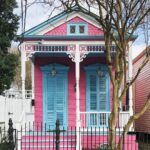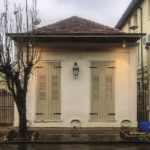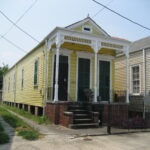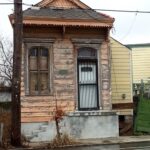
Shotgun houses (“shotguns”) are the most widely acknowledged expressions of African-American architectural design in the United States. They are New World constructions, rooted in indigenous African architectural and spatial traditions and influenced by American Indian and European building techniques (Vlach, 1975). The shotgun house is a resilient architectural style that dates back to the 1700s and represents a unique opportunity to explore the manifestation of African architectural aesthetics within the American material culture.
Anthropologist and historian John Michael Vlach carefully traced the roots of the shotgun housing type from Africa to the Caribbean to the United States. In his 1976 dissertation, Vlach demonstrates close relationships regarding cultural norms, spatial appropriations, and building practices as the primary links between West African and the Caribbean. His research identifies a traditional two-room African structure with a covered porch that perhaps was influenced by an Arawak Indian structure in Haiti with its entry at the end of the structure (Vlach, 1975). The shotgun house basic floorplan consists of two or more rooms arranged directly front to back, with a front door on the narrow end facing the street. Representing one of the urban South’s significant worker cottages of the early 20th century, the shotgun house was predominantly built for black occupancy.
In the decades after the Civil War and continuing through the early 20th century, African Americans streamed into southern cities via the Atlantic Trade route. The urban South swelled during the early postwar years with freedmen seeking jobs and refugee assistance and fleeing white hostility in the countryside. In 1900, blacks constituted more than one-third of the region’s urban population and counted for more than 40 percent of city dwellers in North Carolina.
The East Wilson Historic District’s architecture, landscape, and community is an important first step towards understanding the contours of black cultural landscapes as they evolved in southern cities. The community boomed between the 1890s and 1930, which was a direct correlation to the tobacco market center. The shotgun houses that are being rehabilitated were built in 1910 and when erected this district was the largest African American working class in North Carolina.
The East Wilson Historic District has the largest collection of shotgun houses in a single neighborhood in the state, although pockets of shotgun housing exist in other eastern North Carolina cities. Over 200 shotgun houses have been demolished in the East Wilson Historic District since 1988. Similar to many African American historic districts, East Wilson has faced ongoing issues of blighted housing, lack of economic development, and economic decline. However, a significant number of these historic shotgun houses remain and retain their iconic form (Matteson, 1988).
The place of shotgun houses in local and national social history justifies proactive preservation efforts to save and adapt the remaining shotgun houses in cities across America. These indisputably historic homes have important stories to tell about the social, economic, political, and cultural, and demographic histories that would be lost, perhaps irretrievably, if these last shotgun houses are left to decay and disappear.
The Need For Funding
The project research goals are reconnecting the interiors of the shotgun with the community while utilizing the Secretary of Interior’s Standards best practices of historic preservation. The applicants have consulted with the NC State Historic Preservation Specialist, John Wood, in developing their plans and the goals are to retain the historic architectural features, character, and significance of the shotgun house.
The houses will serve as rental properties for the first five years to adhere to the requirements of the Preservation Tax Credits. During that time period, the R.O.C.K. Foundation will work with the residents to promote homeownership in this heavily renter-occupied community.
These historic architectural house forms are being adapted into affordable housing solutions. In the process, they are revitalizing local communities and repositioning the shotgun as a suitable, affordable, and environmentally-friendly solution for contemporary housing needs.
The preservation, celebration, and rehabilitation of the shotgun house will heavily uplift and impact the African Americans that reside in this district. This grant will allow the R.O.C.K. Foundation to acquire necessary materials for repair and restoration, of these iconic shotgun houses.
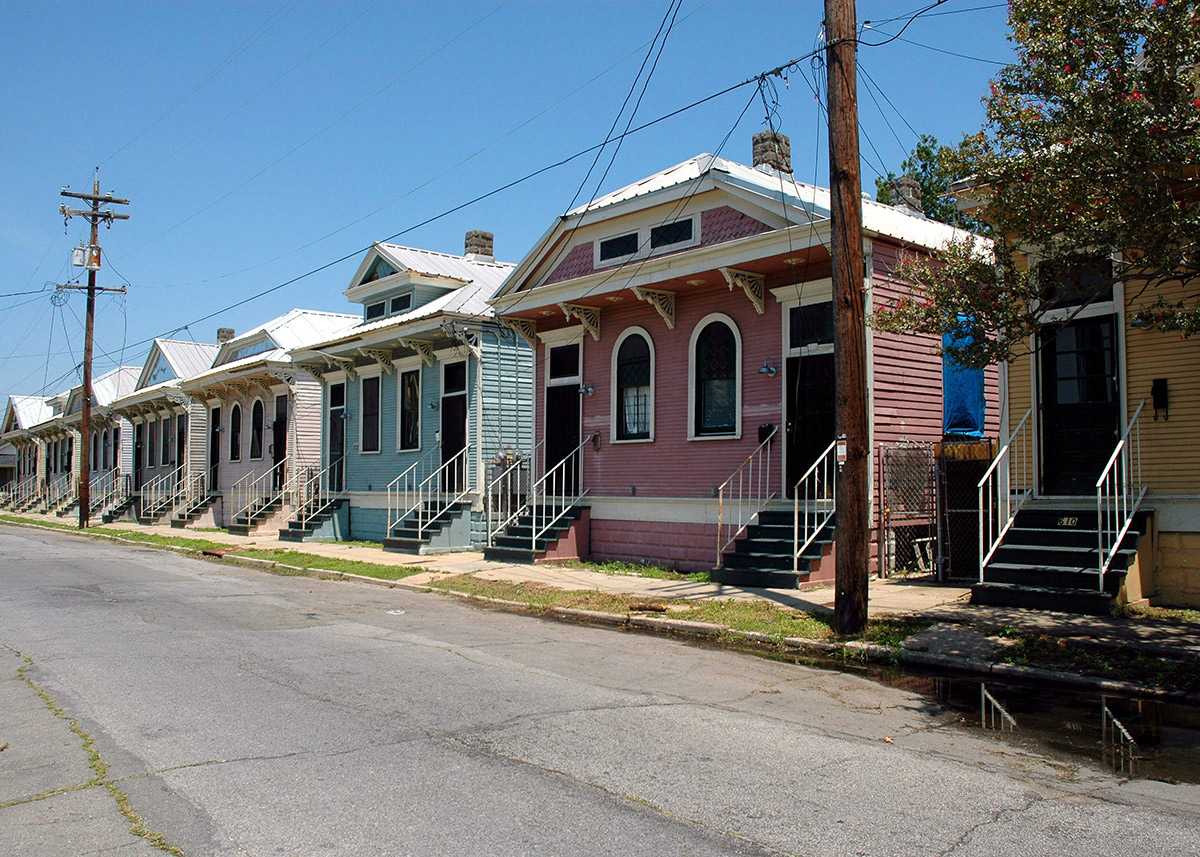
Country Roads Magazine Article
The history and future of the signature Southern structure.
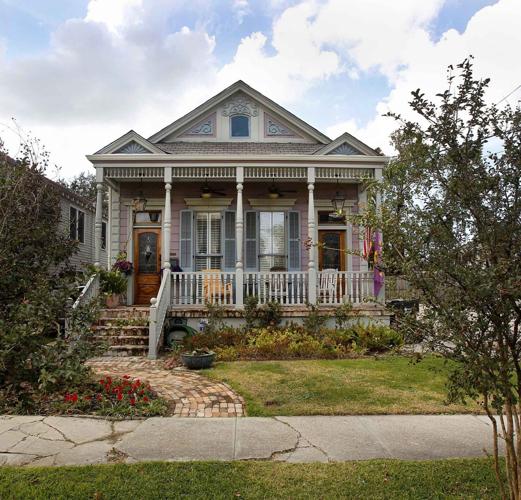
Shotgun Geography
The History Behind The Famous New Orleans Elongated House
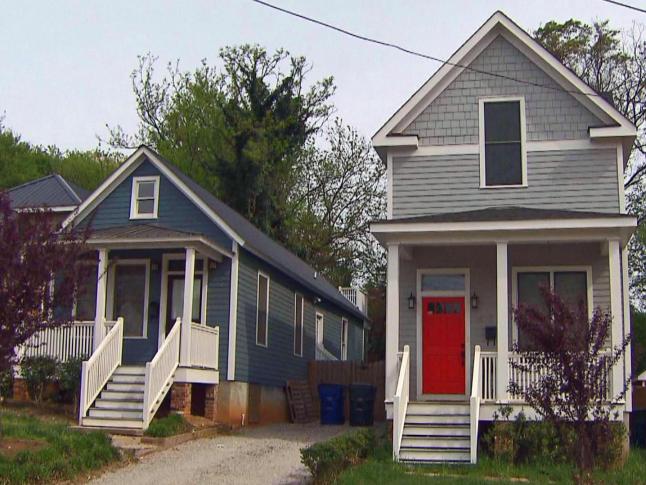
WRAL On Shotguns In Raleigh
Architectural style makes comeback in Boylan Heights

